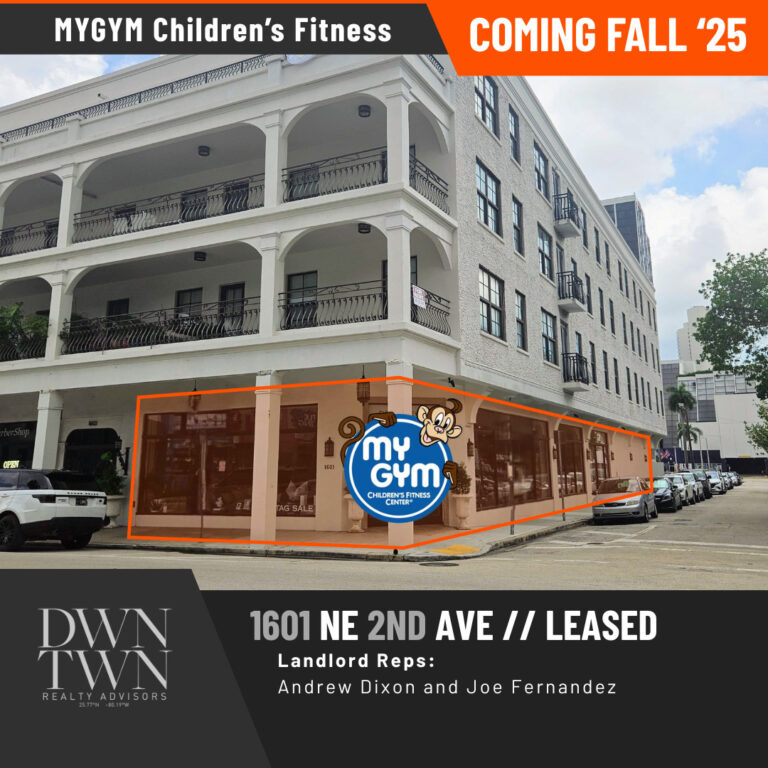Understanding the landlord’s perspective helps you navigate negotiations more effectively. Commercial landlords typically have several predictable positions and tactics:
The Initial Lease Will Be Landlord-Friendly. The first draft will almost always be slanted toward protecting the landlord’s interests with:
- Broad tenant responsibilities for maintenance and repairs
- Minimal landlord obligations for building services
- Limited flexibility for business changes or space modifications
- Personal guarantees requiring business owners to be personally liable
Rental Rate Flexibility Varies by Market Conditions. Landlords have different priorities depending on their situation:
- In high-demand markets, they prioritize rental rates and may offer fewer concessions such as those below.
- In higher-vacancy environments, they might maintain “face rates” but offer:
- Free rent periods (1-6 months is common)
- Tenant improvement allowances to customize the space
- Moving allowances or other one-time incentives
Negotiable Areas Most Landlords Expect to Discuss:
- Rent Abatement – Periods of free or reduced rent, especially while you’re building out the space
- Improvement Allowances – Funds the landlord provides for customizing the space
- Renewal Terms – Rights to extend your lease with predetermined rate structures
- Maintenance Responsibilities – Who handles (and pays for) different types of repairs
- Security Deposit Structure – Amount and conditions for return
- HVAC Responsibilities – Who maintains and replaces these expensive systems
Common Landlord Non-Starters (areas they rarely budge on):
- Building rules and regulations
- Insurance requirements
- Rights to relocate you to similar space in the same building
- Access for emergency repairs
- Late payment penalties
Leasing 101: Essential Terms
Leasing 102: The Pitch Deck
Leasing 103: Letters of Intent
Leasing 104: What To Expect From Landlords
Leasing 105: From Lease Signing to Renewal







